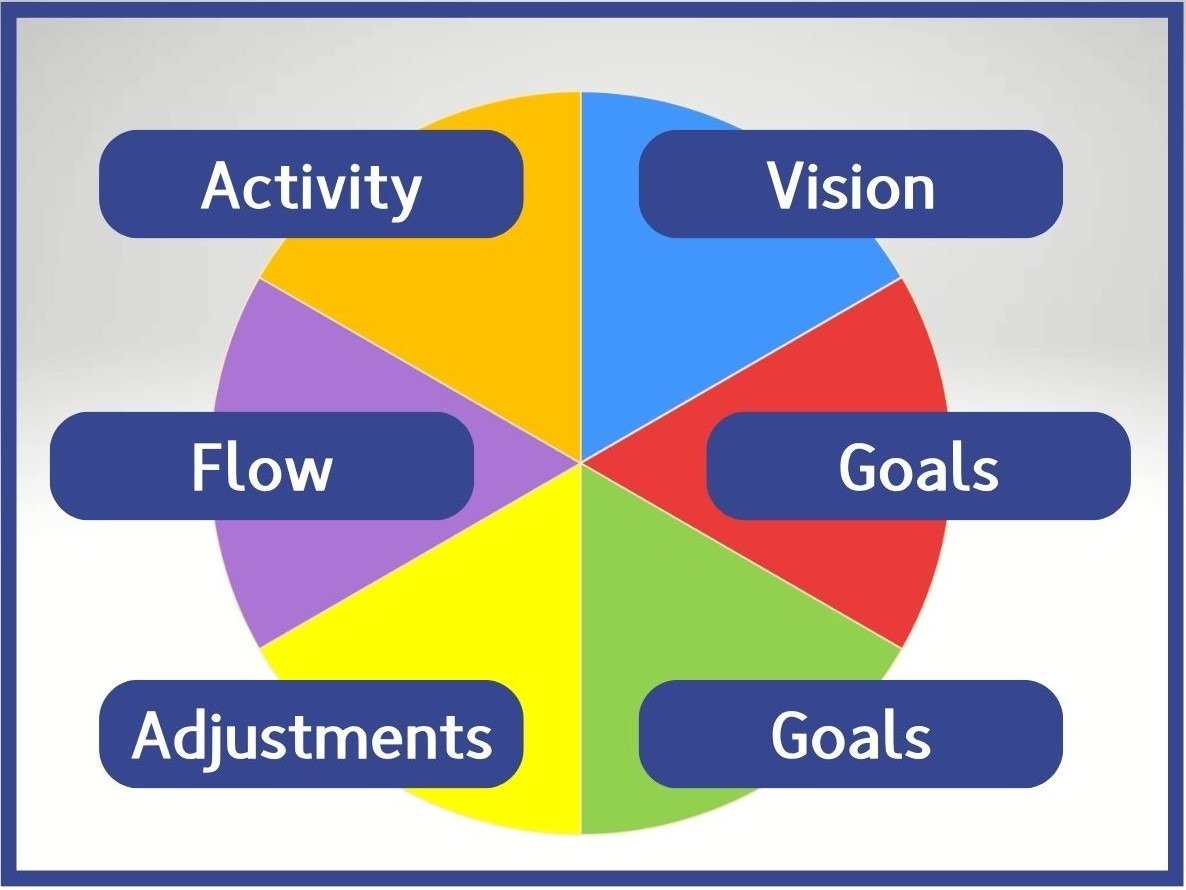Perceptual Style and Communication
Communication: A Shared Code with Unique Filters
Words are like a code we use to package our thoughts and send them out into the world. But here’s the catch: we don’t all use the same codebook. Your Perceptual Style influences not just the words you choose, but also what those words mean to you—and what you expect them to mean to others.
Understanding Perceptual Style isn’t about learning a new language — it’s about recognizing the unique ‘filter’ you (and others) bring to every conversation.
Communication is a Two-Way Street

Every interaction involves a sender and a receiver, each filtering the conversation through their Perceptual Style. Meaning can get scrambled at any point:
-
You experience something and filter it through your Perceptual Style.
-
You ‘code’ your experience into words (or gestures, tone, etc.).
-
The other person decodes those words through their Perceptual Style.
-
Meaning is interpreted—and sometimes, it’s not what you intended.
But here’s the good news: communication isn’t a guessing game. With awareness and a few tools, you can bridge those gaps and make every interaction more effective.
Why Perceptual Style Matters in Communication
Understanding Perceptual Style isn’t about changing who you are or how you communicate — it’s about expanding your toolkit. It’s about:
-
Recognizing the differences in how people hear and interpret your words.
-
Adjusting — not abandoning — your natural style to meet others where they are.
-
Listening for clues about others’ Perceptual Styles to communicate more effectively.
When you start to see communication through the lens of Perceptual Style, it changes everything. Misunderstandings become opportunities for clarity, and disagreements shift into moments of connection. Communication becomes less about trying to be understood and more about truly understanding.

What is the Perceptual Style Theory™?
Created by Gary M. Jordan, PhD, and Lynda-Ross Vega, Perceptual Style Theory™, reveals that we each have a unique way of perceiving the world. This natural perspective — your Perceptual Style — shapes how you approach challenges, opportunities, and yes, communication.
There are six distinct Perceptual Styles each with its own strengths, reactions, and strategies for handling collaboration. Knowing your Perceptual Style helps you:
-
Understand what makes communication comfortable and effective for you.
-
Play to your natural strengths in conversations.
-
Build stronger connections in both personal and professional relationships.

Explore the Six Perceptual Styles and Collaboration
Curious about how different Perceptual Styles approach collaboration? Explore below for insights into each unique style:
Not Sure Which Style Sounds Like You?

That’s where the Perceptual Style Assessment makes a difference. In just a few minutes you'll:
-
Discover your unique Perceptual Style.
-
Learn how to communicate in a way that feels natural and effective.
-
Receive a 45-page Celebrate You! action guide with tools and insights tailored to you.
Why Understanding Your Perceptual Style Matters
Communication is at the heart of every connection, decision, and relationship. When you know your natural approach to communication, you gain the confidence to:
-
Build trust and rapport more easily.
-
Minimize misunderstandings and frustration.
-
Adapt your communication style to meet others where they are.
Imagine communicating—not with hesitation or second-guessing—but with clarity, confidence, and purpose.

Want to learn more about the Six Perceptual Styles?
To see a three-minute presentation on a specific Perceptual Style, please click on the specific image below:






